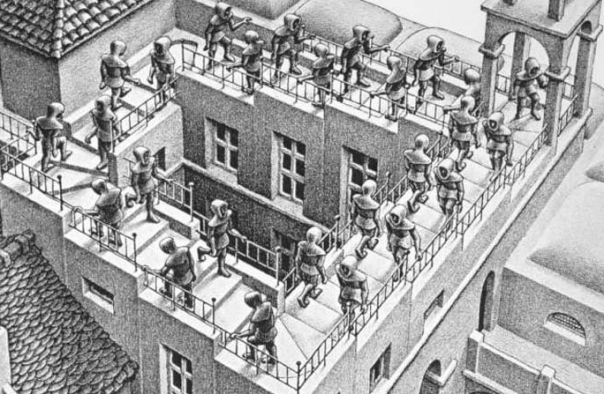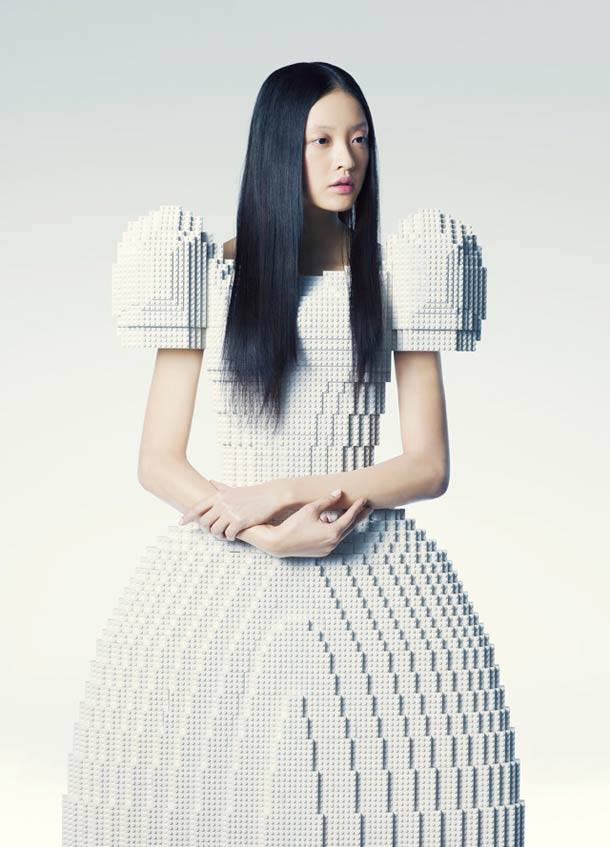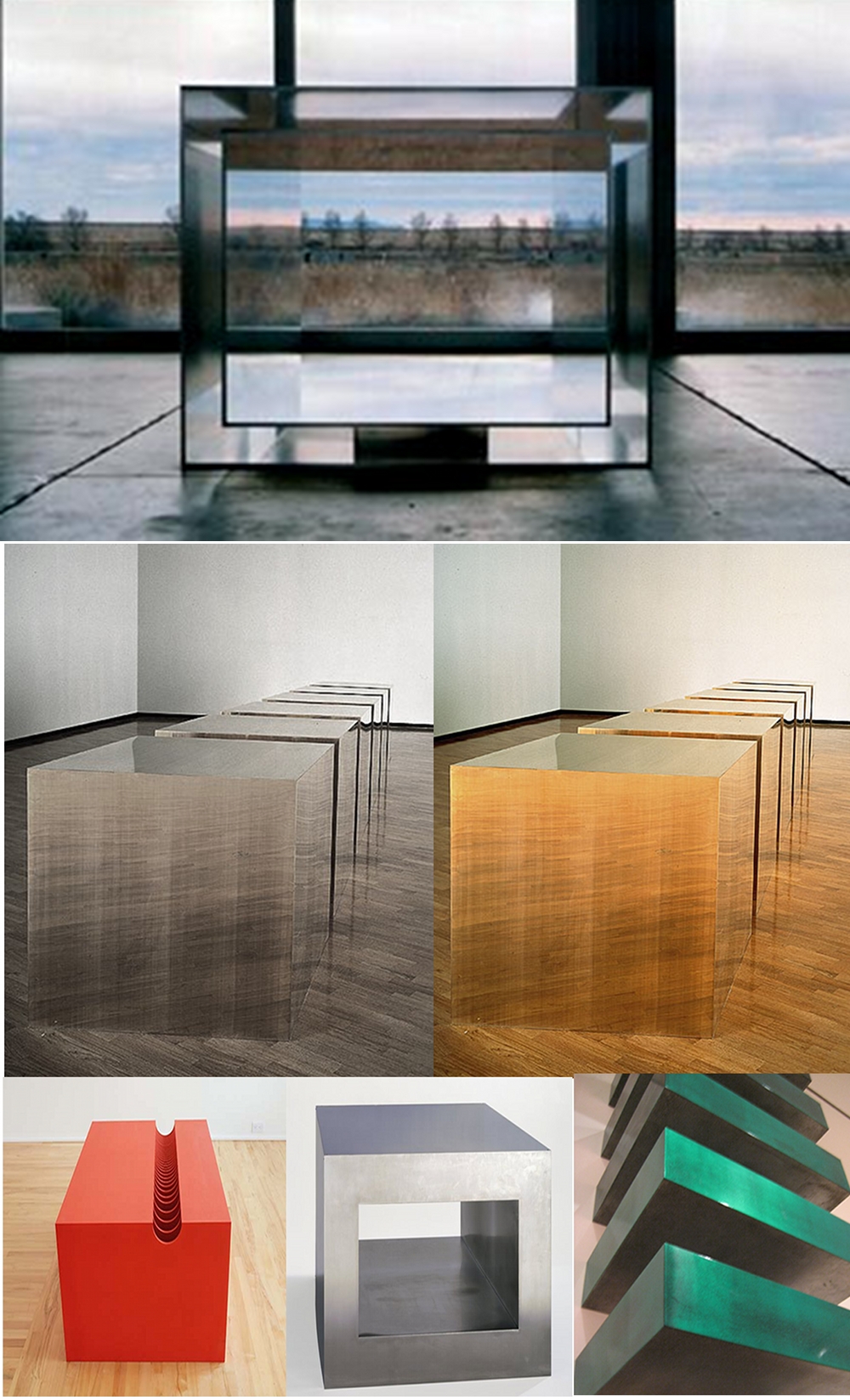
Jaume Plensa, born in 1955 in Barcelona, Spain, is a contemporary artist. He is famous for his big sculptures (up to 66ft – 20 meters – tall) mainly representing humans, that can be light or heavy, made with marble, steel and/or glass. His sculptures are composed with different subjects, from trees to letters, to shoes. His work is meticulous and he is committed to a careful construction, obtaining a clean look. One of his most notable works is Crown Fountain (2000-04) in Chicago’s Millennium Park, one of the most successful public art projects of the past decade. He was awarded with the Medaille des Chevaliers des Arts et Lettres by the French Minister of Culture in 1993, with the National Art Award of Catalonia, Spain, in 1996, and with an honorary doctorate from the Art Institute of Chicago. Plensa has exhibited in major museums and galleries worldwide, including in Paris, England, Madrid, Vienna, New York, Chicago and Tokyo.

Sho is one of Plensa’s sculpture and it represents a female head and is formed by white-painted stainless steel openwork mesh. It stands approximately 13 feet tall and 10 feet wide and weighs 660 pounds. It is a portrait of a young Chinese girl, Sho, whom the artist met in Barcelona where his studio is located. The undulating curves of the girl’s facial features and braided hair are emphasized, especially in profile, demonstrating the artist’s ability to represent the human form in large, three-dimension. Created in 2007, it is now exposed in Dallas, Texas, at the SMU, Meadows Museum’s new plaza and sculpture garden since 2009.

Take also a look at:
Giant Clothespin Sculpture in Belgium
Amazing Sculpture: Horizon in New Zealand
Monumental plant sculpture at the Mosaiculteres Internationales de Montreal




























